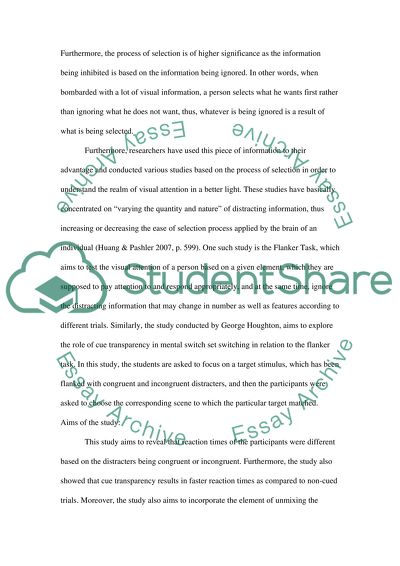Cite this document
(“The introdiction section of dissertation (report): Cue Transparency as Literature review”, n.d.)
The introdiction section of dissertation (report): Cue Transparency as Literature review. Retrieved from https://studentshare.org/psychology/1642600-the-introdiction-section-of-dissertation-report-cue-transparency-as-an-aid-to-mental-switch-set-switching-about-flanker-task-literature-review-the-paper-from-george-houghton
The introdiction section of dissertation (report): Cue Transparency as Literature review. Retrieved from https://studentshare.org/psychology/1642600-the-introdiction-section-of-dissertation-report-cue-transparency-as-an-aid-to-mental-switch-set-switching-about-flanker-task-literature-review-the-paper-from-george-houghton
(The Introdiction Section of Dissertation (report): Cue Transparency As Literature Review)
The Introdiction Section of Dissertation (report): Cue Transparency As Literature Review. https://studentshare.org/psychology/1642600-the-introdiction-section-of-dissertation-report-cue-transparency-as-an-aid-to-mental-switch-set-switching-about-flanker-task-literature-review-the-paper-from-george-houghton.
The Introdiction Section of Dissertation (report): Cue Transparency As Literature Review. https://studentshare.org/psychology/1642600-the-introdiction-section-of-dissertation-report-cue-transparency-as-an-aid-to-mental-switch-set-switching-about-flanker-task-literature-review-the-paper-from-george-houghton.
“The Introdiction Section of Dissertation (report): Cue Transparency As Literature Review”, n.d. https://studentshare.org/psychology/1642600-the-introdiction-section-of-dissertation-report-cue-transparency-as-an-aid-to-mental-switch-set-switching-about-flanker-task-literature-review-the-paper-from-george-houghton.


